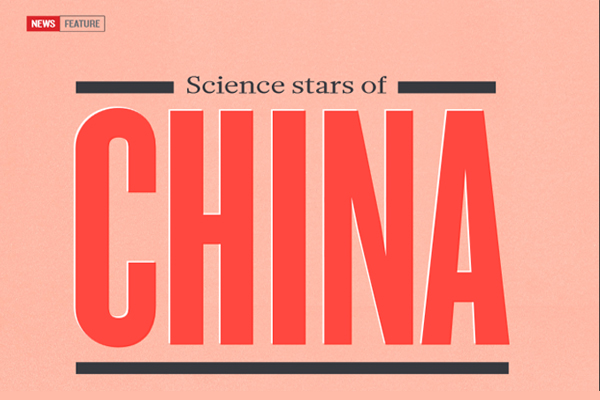 |
|
Screenshot of the cover of Nature's feature Science stars of China |
LONDON -- Ten of China's leading scientists who have made significant impacts in fields ranging from neuroscience and neutrinos to space science and structural biology were highlighted in Nature magazine's online edition on Monday.
The list includes Wang Yifang, director of the Beijing-based Institute of High Energy Physics, who hopes to build a 50 to 100-km circular particle collider to succeed the 27-km-circumference Large Hadron Collider (LHC) of the CERN (the European Organization for Nuclear Research).
Wang's plan consists of two machines: the first will explore the Higgs particle starting in around 2028, while the next one will occupy the same tunnel and smash particles together with up to seven times the energy of the LHC. This is a bold proposal and will need a huge amount of investment from the government. Wang has proved he could get major projects off the ground and bring in international support, Nature quoted Brian Foster, a physicist at the University of Oxford, as saying.
Also featured were Wu Ji, director-general of China's National Space Science Center, whose basic-space-science missions are putting scientific discovery at the core of China's space program.
The journal listed Lu Chaoyang, deemed a rising star in China's push to master quantum-information technology. Lu is noted for his work with "entanglement," in which the quantum states of different particles are linked regardless of how far apart they are. His goal is to advance quantum entanglement enough to use it for computations.
Four biologists are included in the list: Gao Caixia, whose lab became the first to use the CRISPR-Cas9 gene-editing technique in crops, specifically wheat and rice; structural biologist Yan Nieng who is featured for her work on determining the structures of proteins that are embedded in cells' plasma membranes; Nancy Ip whose leadership and research on basic neural biology and translational research for brain health are bolstering science and biotechnology in China; geneticist Fu Qiaomei whose work could redraft the history of Asia's first anatomically modern humans.
The collection also includes China's Minister of Environmental Protection Chen Jining, who has ramped up the government's efforts to ensure that local officials and companies are following the rules on pollution and industrial development, according to Nature. Qin Weijia, executive deputy director of the Chinese Arctic and Antarctic Administration, is featured for helping to uncover the history of the Antarctic ice sheets.
Cui Weicheng is another featured Chinese scientist. Currently at Shanghai Ocean University, Cui is aiming to reach the deepest place on Earth - the Challenger Deep valley at the bottom of the Mariana Trench, 11,000 meters down. To achieve this goal, he is leading an effort to build a more pressure-resistant, three-person submersible called Rainbow Fish, which is scheduled to be completed in 2020.
"These ten individuals highlight the breadth and promise of innovation in China as the country continues its strong push to become a leader in science," said Richard Monastersky, features editor for Nature.
